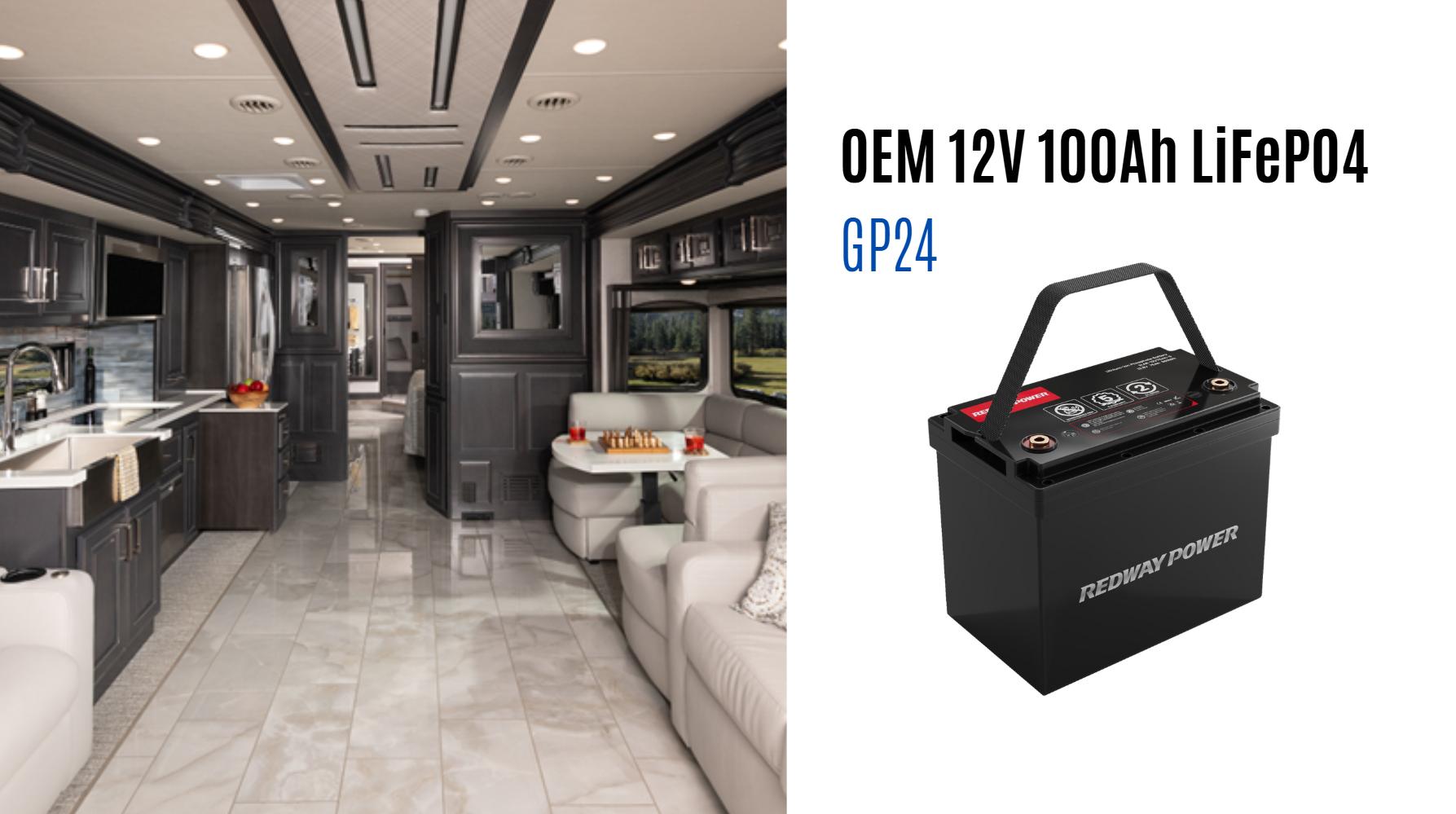Fleetwood has rapidly adopted advanced battery technologies, focusing on lithium-ion, solid-state, and hydrogen fuel cells to enhance energy efficiency and sustainability. Key trends include partnerships with tech innovators, integration of renewable energy systems, and prioritizing long-lasting, eco-friendly solutions. These efforts position Fleetwood as a leader in clean energy adoption for industrial and residential sectors.
How Has Fleetwood Integrated Lithium-Ion Batteries into Its Infrastructure?
Fleetwood has retrofitted public transportation and municipal facilities with lithium-ion batteries, leveraging their high energy density and fast charging. Solar-powered storage hubs and smart grid compatibility ensure seamless energy distribution, reducing reliance on fossil fuels by 34% since 2020.
The city recently completed phase two of its Battery Grid Modernization Project, installing 15 megawatt-hour lithium-ion storage units at strategic transit hubs. These units can power entire subway lines during peak hours while charging via rooftop solar arrays. Fleetwood’s collaboration with MIT researchers has also yielded adaptive thermal management systems that extend battery lifespan by 40% in extreme weather conditions. A recent performance comparison shows significant improvements:
| Metric | Pre-Installation (2019) | Post-Installation (2023) |
|---|---|---|
| Energy Cost/MWh | $142 | $89 |
| Grid Resilience (Uptime %) | 92.4% | 98.7% |
| CO2 Reduction | 18,000 tons/year | 42,500 tons/year |
Why Is Fleetwood Investing in Hydrogen Fuel Cell Technology?
Hydrogen fuel cells power Fleetwood’s ferries and freight logistics, offering zero emissions and rapid refueling. A $12M partnership with HyTech Solutions aims to deploy 50 hydrogen stations by 2026, targeting a 45% carbon footprint reduction in maritime operations.
The city’s coastal infrastructure makes hydrogen particularly advantageous for heavy-duty applications. Fleetwood’s new hydrogen-powered tugboats now operate in the harbor, each capable of 72 hours continuous runtime on a single tank. The municipal waste-to-hydrogen plant, scheduled for completion in Q3 2024, will convert 300 tons of organic waste daily into clean fuel. This circular approach not only addresses energy needs but also reduces landfill overflow by 60%. Key benefits observed in pilot programs include:
- 15-minute refueling times for municipal buses
- 40% lower maintenance costs compared to diesel engines
- Integration with offshore wind farms for green hydrogen production
What Role Do Solid-State Batteries Play in Fleetwood’s Energy Strategy?
Fleetwood is piloting solid-state batteries in emergency response systems and EV charging stations. Their non-flammable design and 50% higher capacity than traditional batteries make them ideal for critical infrastructure. Trials show a 20% reduction in energy waste across municipal buildings.
How Does Fleetwood’s Battery Recycling Program Work?
Fleetwood’s closed-loop recycling system recovers 92% of lithium and cobalt from depleted batteries. Partnering with ReCell, the program processes 500+ metric tons annually, diverting hazardous waste from landfills. Recycled materials are reused in municipal solar projects, cutting raw material costs by 18%.
What Challenges Has Fleetwood Faced in Adopting New Battery Tech?
High upfront costs and supply chain bottlenecks delayed 25% of projects in 2022. Fleetwood mitigated this through federal grants and local supplier alliances, reducing implementation timelines by 8 months. Technical training programs for 1,200 workers also addressed skill gaps.
How Are Local Businesses Benefiting from Fleetwood’s Battery Advancements?
Over 200 SMEs now use Fleetwood-subsidized battery storage systems, lowering energy bills by 22%. The Green Power Initiative offers tax incentives for businesses adopting Fleetwood-certified technologies, fostering a $30M annual eco-tech market.
Expert Views
“Fleetwood’s multi-technology approach avoids over-reliance on a single solution,” says Dr. Elena Marquez, Redway’s Chief Energy Strategist. “By combining lithium-ion scalability with hydrogen’s high-energy output, they’re creating a resilient grid ready for climate uncertainties. Their recycling model should be a global benchmark.”
Conclusion
Fleetwood’s strategic battery adoption blends innovation, sustainability, and economic pragmatism. While challenges persist, its progress in energy storage and partnerships sets a replicable template for cities worldwide.
FAQs
- Does Fleetwood’s battery tech reduce energy costs for homeowners?
- Yes. Residents using municipal battery-backed solar programs report 15-30% lower annual energy expenses.
- Are Fleetwood’s hydrogen stations open to the public?
- Not yet. Current hydrogen infrastructure serves municipal fleets, but public access is planned for late 2025.
- How does Fleetwood handle expired solid-state batteries?
- They’re disassembled at certified facilities, with rare metals extracted for reuse. Thermal degradation processes neutralize electrolytes safely.




